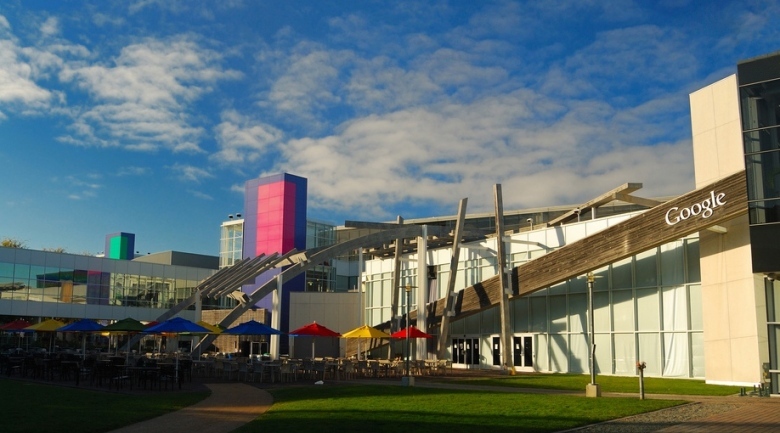
Google’s newly released "TensorFlow" is an open source software library for numerical computation using data flow graphs. The software was originally developed by the Google Brain AI Team for the purposes of conducting machine learning and deep neural networks research.
Google has just open-sourced its cutting-edge artificial-intelligence platform, "TensorFlow." The software is a branch of artificial intelligence called "machine learning," and is already at the core of many of the company’s products.
"TensorFlow is faster, smarter, and more flexible than our old system," writes Google CEO Sundar Pichai, "It can be adapted much more easily to new products and research. It’s a highly scalable machine learning system, it can run on a single smartphone or across thousands of computers in datacenters."
"We use TensorFlow for everything from speech recognition in the Google app, to Smart Reply in Inbox, to search in Google Photos. It allows us to build and train neural nets up to five times faster than our first-generation system, so we can use it to improve our products much more quickly."
TensorFlow is intended to be used for numerical computation using data flow graphs. Nodes in the graph, like the one shown above, represent mathematical operations, while the graph edges represent the multidimensional data arrays (tensors) communicated between them.
According to Google, the flexible architecture allows developers to deploy computation to one or more CPUs or GPUs in a desktop, server, or mobile device with a single API.
TensorFlow was originally developed by researchers and engineers working on the Google Brain Team within Google’s Machine Intelligence research organization for the purposes of conducting machine learning and deep neural networks research, but the system is general enough to be applicable in a wide variety of other domains as well.
The development of TensorFlow benefited enormously from the large and broad machine learning community at Google, and in particular from the suggestions and contributions from rest of the Google Brain team and also from the hundreds of DistBelief and TensorFlow users within Google.
Why would Google open-source this key technology? Pichai states, "We hope this will let the machine learning community, everyone from academic researchers, to engineers, to hobbyists, exchange ideas much more quickly, through working code rather than just research papers. And that, in turn, will accelerate research on machine learning, in the end making technology work better for everyone."
Machine learning is now shifting into a complex realm where researchers are creating computer models that can see and even understand what it’s looking at.
